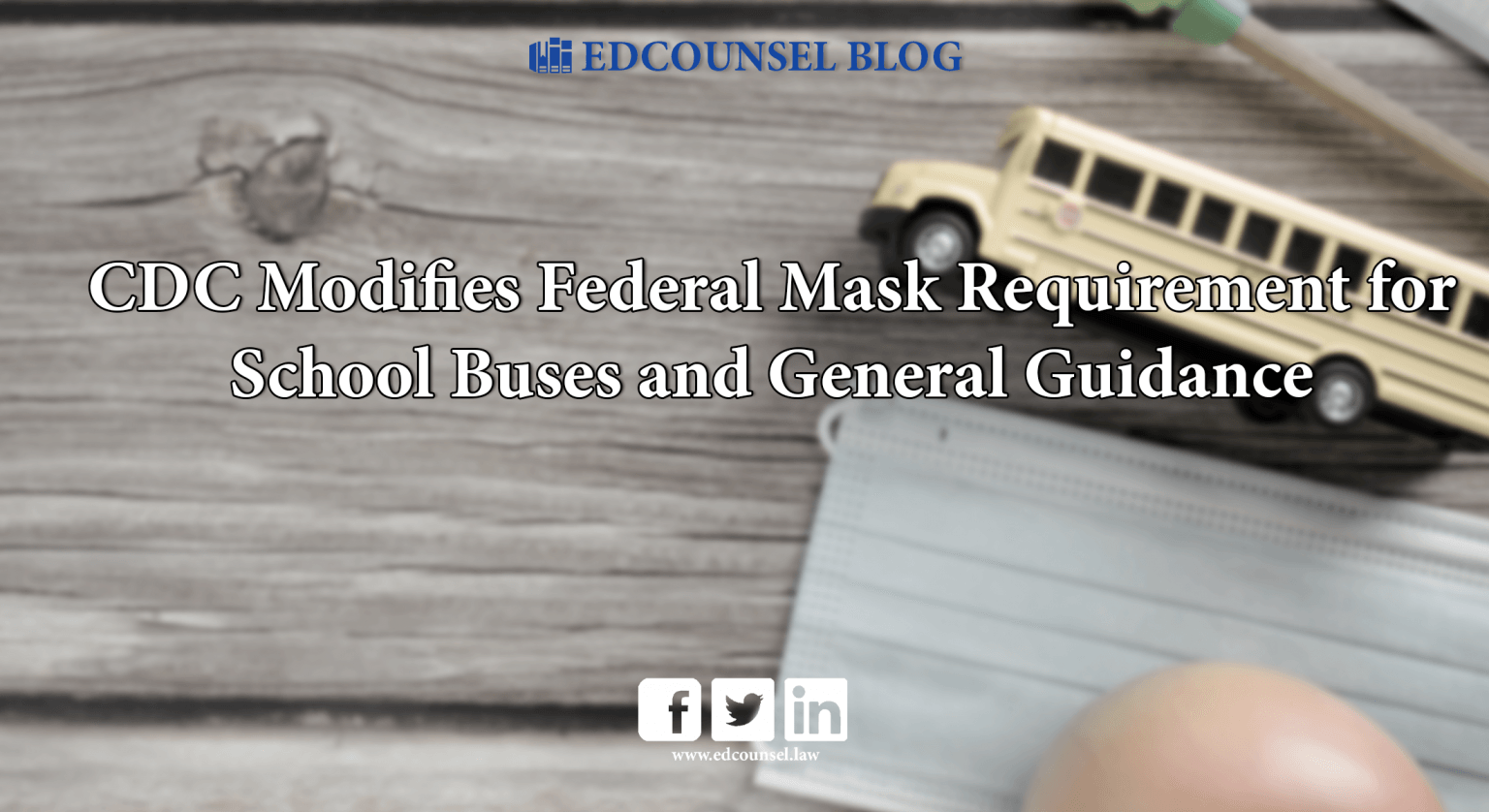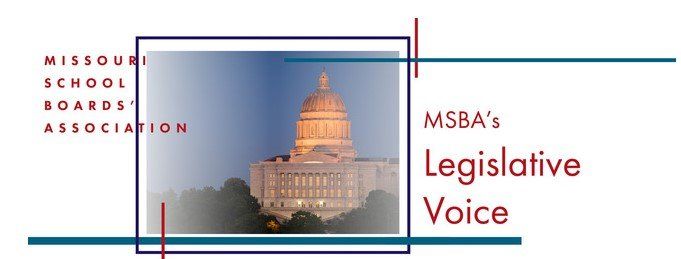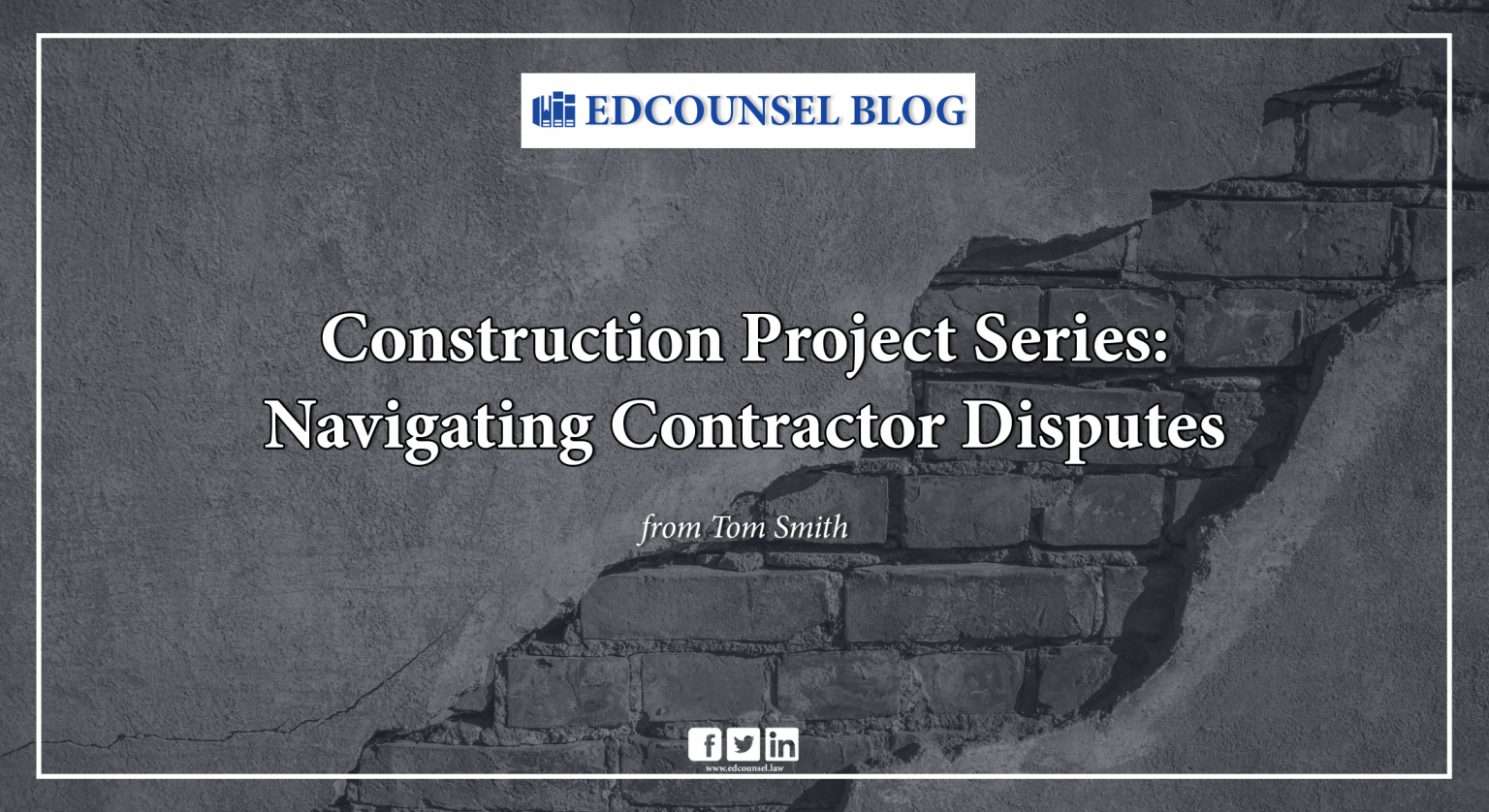
With the availability of ESSER I and ESSER II funds, there is likely to be an increase in the number of construction projects being performed by Missouri school districts. If you combine this with the fact that the spring/summer are generally when most construction projects are started (and even completed), we thought it would be helpful to provide insights into different phases of the construction process for Missouri school leaders. This blog post is the first in a series on Construction Projects and will cover general tips and insights into the bidding process.
To be clear, the bidding process is not the first phase in the construction process. Districts will need to first determine whether professional design services (i.e., architectural or engineering services) are necessary and follow the required procurement process for those services. However, at this point in the school year, most districts have already completed this phase and are moving on to the bidding phase; we thought it would be more useful to begin with an overview of the bidding phase at this point, and we’ll revisit procurement of design services toward the end of this series.
The bidding phase is largely driven by the delivery method chosen by the district – i.e., what method will be used to construct the project. This is because each delivery method has its own requirements and selection standards. Our first recommendation is to carefully research what the bidding requirements and selections standards are based on for the delivery method chosen. Missouri law only authorizes a limited number of delivery methods for school districts. Some of these have been around for years while others were only recently made available in the last few years. Below is a list of these delivery methods, along with a short explanation of how each works and a citation to the applicable Missouri statute:
- Traditional – Design-Bid-Build (§ 177.086, RSMo.)
- This is the method most districts are accustomed to using. It involves the selection of a design professional who will design the project, including the project specifications. Those specifications will then be put out to bid (assuming the cost is over $50,000), and general contractors will submit bids. The general contractor with the lowest responsible bid complying with the terms of the letting is selected and will then construct the project.
- Construction Manager at Risk (§ 67.5050, RSMo.)
- This method is similar to the traditional method, except that the general contractor will be the Construction Manager at Risk (“CMR”). The CMR will be selected early in the design phase and provide input throughout the design of the project. Once the design is complete, the CMR will provide a “guaranteed maximum price” for completing the construction of the project. Generally, if the cost runs over the guaranteed maximum price, the CMR will be responsible for the additional costs.
- Design-Build (§ 67.5060, RSMo.)
- This method combines the design professional and general contractor into one entity that will complete both the design and construction of the project.
- Guaranteed Energy Cost Savings Project (§ 8.231, RSMo.)
- This method is used for limited types of projects that are aimed at reducing the district’s energy and/or operational costs. The selected contractor must provide the district with a guarantee that the energy and/or operational savings realized by the district within 15 years will be equal to or more than the cost of the project, adjusted for inflation.
- Cooperative Purchasing (§ 177.086, RSMo. and § 70.220, RSMo.)
- This method has limited uses when it comes to construction projects. While it can be useful to help districts save money, there are really only two ways in which a district can utilize cooperative purchasing for construction while still complying with the applicable legal requirements. One option is for the District to purchase all of the project materials itself through a cooperative and then bid out only the labor portion of the project. The other option is for the district to bid out a project using the traditional method, and a contractor can then submit a bid using the pricing it provides to a particular cooperative to calculate its bid. The district can then choose to join the cooperative to use this reduced pricing/bid for the project, provided the contractor submits the lowest bid, complies with the bidding requirements, and is a responsible contractor.
As you can see, the particular delivery method chosen is an important consideration. Each one is governed by different statutes and Board/District Policies, and each comes with its own bidding requirements and selection standards. For example, the CMR method requires a two-phase bidding process involving both the qualifications of bidders and their fees and can only be used when the cost of the project is estimated to exceed $3 million. Similarly, the design-build method can only be used when the cost of the project is estimated to exceed $7 million and requires a three-phase bidding process involving qualifications, a ranking of the conceptual designs submitted, and the proposed cost. It also requires the district to pay bidders that are selected to move past the first phase but are not awarded the project. Unfortunately, each one of these methods would require its own blog post to adequately cover the respective bidding requirements. It is still worth looking through the statutes cited above, as well as the corresponding Board/District Policies.
Knowing what these requirements and standards are ahead of time will not only help your district choose the most appropriate method for your project, but it will also let you know what the specific bidding requirements are for the selected delivery method so you can better prepare for the respective process. Because of this, we recommend carefully reviewing the applicable statutes and their corresponding Board/District Policies before selecting your delivery method and then continuing to refer to those throughout the bidding process. This is not our only recommendation though, as there is another action your district can take to make the bidding process go more smoothly.
We frequently find that the most time-consuming (and aggravating) part of the bidding process comes after the selection is made – when the contract is being negotiated. Depending on the contractor that is selected you could find yourself negotiating the inclusion of contract terms that are required by Missouri law to be included in the contract. Not only can this be an inefficient use of District resources, but it can also sour the relationship with the selected contractor before construction even begins. To help remedy this, we recommend including a draft construction contract in your bidding documents – or at least including contractual terms you know you will want.
The draft contract (or list of contractual terms) can be incorporated directly into the project specifications, and the “Instructions to Bidders” can include a statement to bidders that, by submitting a bid, they are agreeing the final contract will be in substantially the same form as the one in the project specifications. The statement can also give the District the ability, in its sole discretion, to reject the bid if the bidder attempts to modify the contractual terms through its bid or later through negotiations. By doing all of this, you will be providing the district with leverage during the contract negotiations and greatly limiting the items that are even up for negotiations. If all goes according to plan, contract negotiations should simply be a matter of plugging in names and numbers into the draft contract and obtaining the contractor’s signature before taking it to the Board for final approval.
There are many other aspects of the bidding process that can be discussed, but we have focused on those that we think are the most crucial when districts are going through the bidding process for a construction project. If your district is preparing to begin this process, or is even in the middle of this process already, please feel free to contact one of the team members at EdCounsel with any questions you might have or if you would like additional tips and insights into the bidding process.




